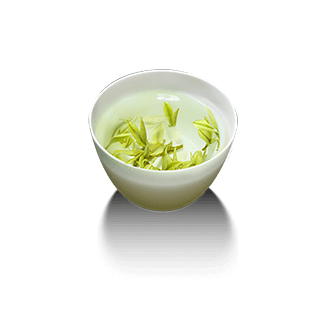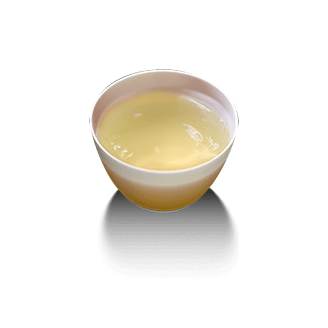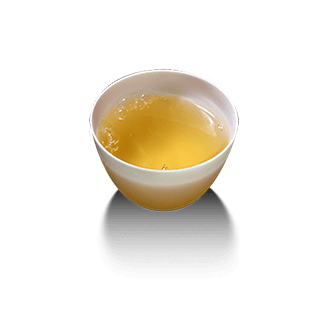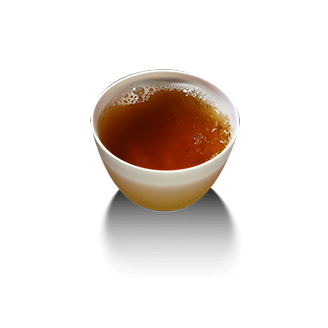
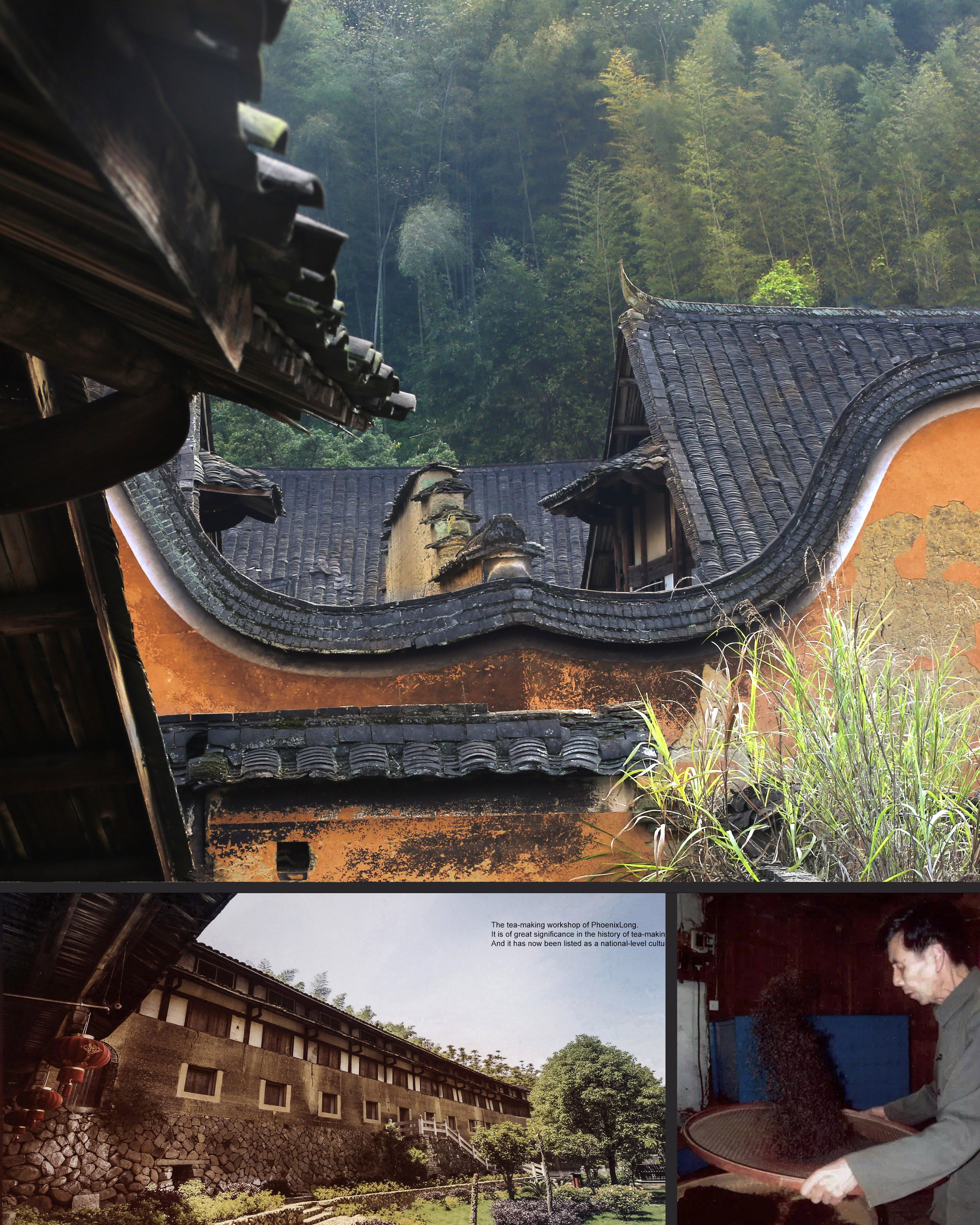
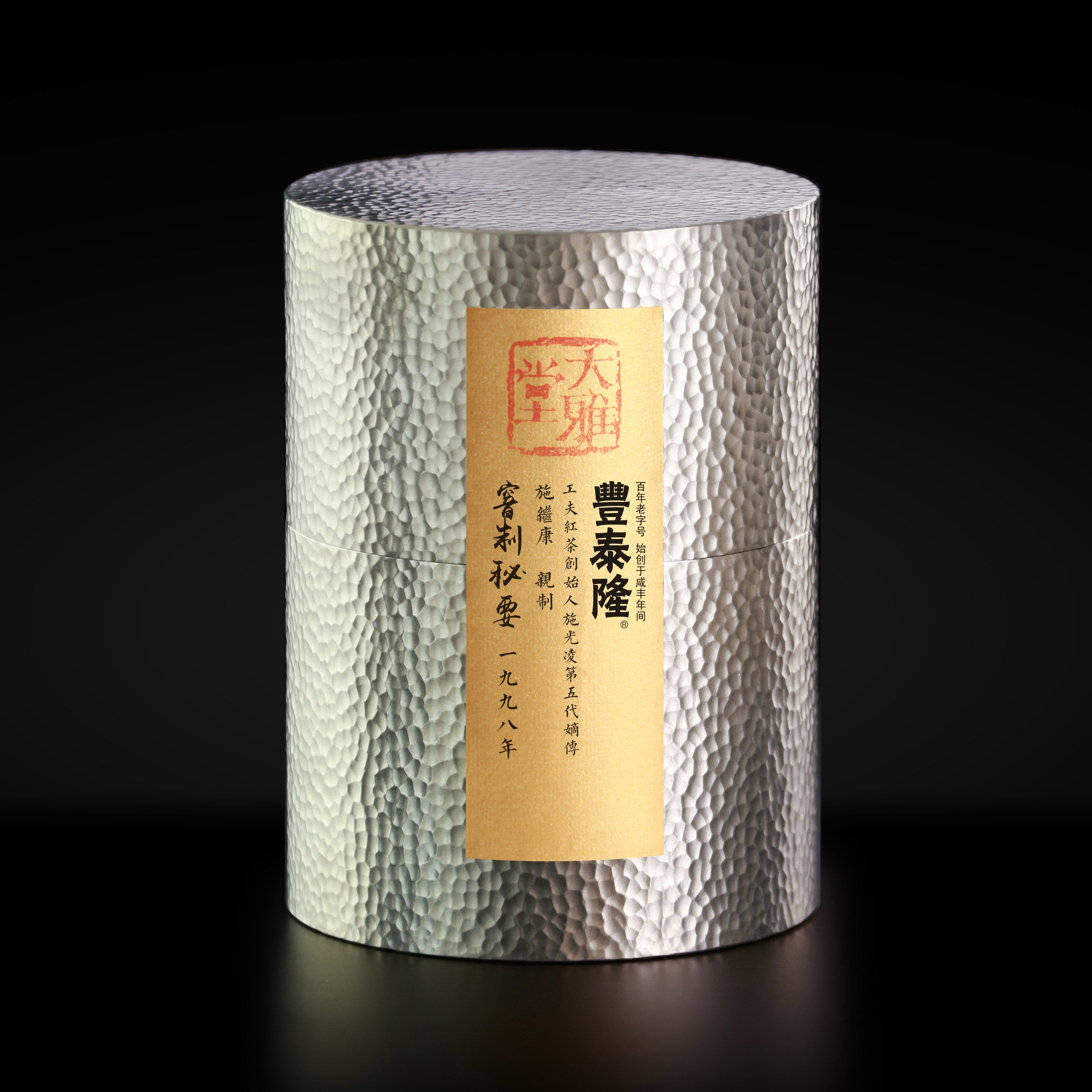

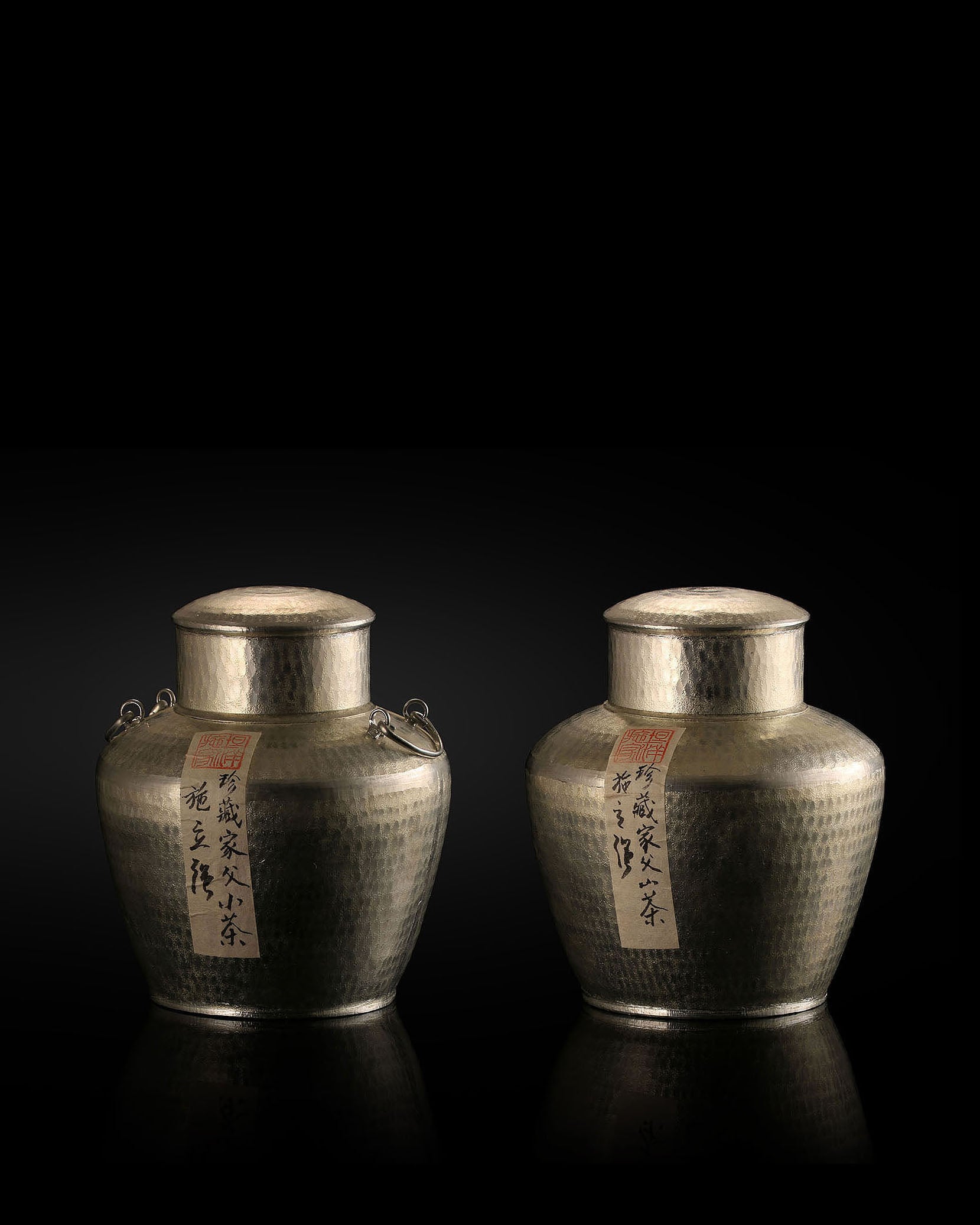
1998 Shi Jikang 窨制Master






1998 Shi Jikang 窨制Master
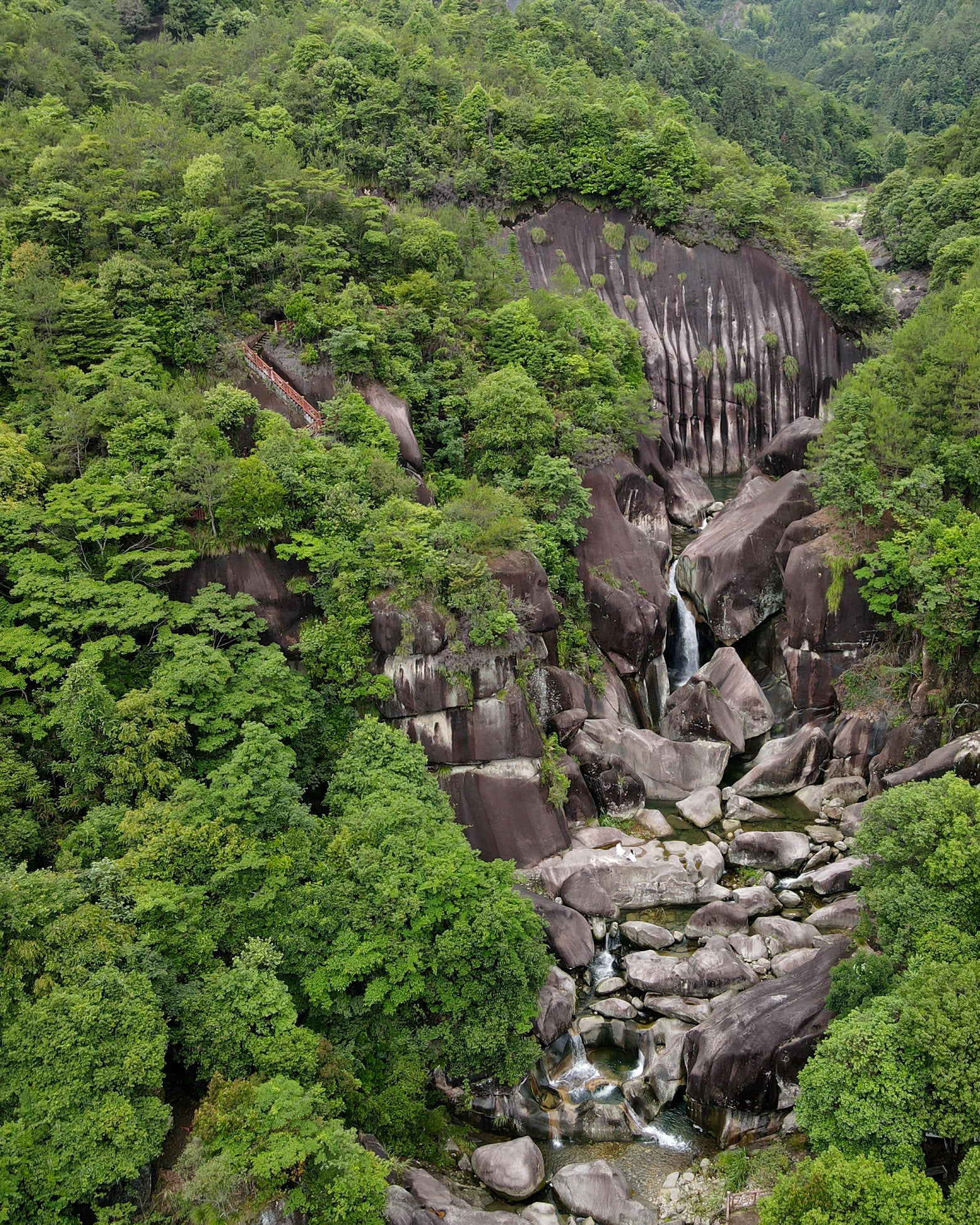
F.T.L. 豐泰隆创始于 1851 年。
施继康:茶学家,茶叶工程师,施继康是F.T.L. 豐泰隆第五代传承人。
On a winter night in 1969, the tranquility of Tanyang Village (the origin of world-renowned black tea) was shattered by the sound of banging on doors. Shi Jikang clutched the "Secrets of Scenting" in his arms, his fingertips turning white from the force—this yellowed old book contained the "soul of tea" of Fengtailong, and the aroma of "Fengtailong" tea at the state banquet at Queen Victoria's Windsor Castle in 1887 originated from it.
He knelt at the foot of the old house's foundation, digging a half-foot-deep pit with a shovel. He buried the "Secret Essentials of Scenting Tea," wrapped in three layers of fertilizer bags, into the yellow earth. Cold sweat mixed with dirt clung to his clothes. "We can't let our ancestors' skills die out." The north wind of December swirled with snowflakes as he and the old tea workers drove an oxcart to the abandoned kiln on Baiyun Mountain. Six boxes of tea-making tools, engraved with "Feng Tai Long," were hidden deep within the straw. The creaking of the wheels over the snow was more heart-wrenching than the slogans of the distant criticism meetings—these tools were his code for communicating with his ancestors.

Three years later, when the last batch of tea sets was stuffed into the attic of a relative's house in Xiapu County, Shi Jikang's hands, which could accurately detect the subtle changes in the tea leaves, had developed thick calluses.
It wasn't until the spring of the Wuxu year that experts found a hand-drawn "treasure map" from 1969 and "Secrets of Scenting" among his belongings that his son, Shi Liqiang, choked up and said, "My father was the one who preserved the fragrance of tea."

In the spring of 1998, 69-year-old Shi Jikang was holding a wild tea leaf in front of the bamboo plaque of the state-owned Tanyang Tea Factory. At that time, he was already known in the industry as a "living fossil of Gongfu black tea" - a tea engineer, tea expert, and head of the technical section of the state-owned Tanyang Tea Factory. The tea leaf in his hand was the technique of "The Secret of Scenting" that he had risked his life to protect in 1969.
Shi Jikang prepared a tea sample specimen from 1998. The current total quantity is 8.2 kg (including the Dayatang tea sample collection).
The aging process of black tea over the years is a slow and elegant transformation. The fresh floral aroma of new tea gradually transforms into a deep, aged fragrance, a woody aroma, and even a subtle medicinal aroma as time goes by. After the oxidation of tea polyphenols, the tea soup becomes increasingly mellow and smooth, with a long-lasting aftertaste.
Aged tea, engraved with the cultural memories of a specific period, is the weighty accumulation of time by tea connoisseurs. — It embodies Shi Jikang's dedication to craftsmanship, and also the mark of Tanyang Gongfu's journey from peril to rebirth.
At Fengtailong Tea House in 2015, Shi Liqiang said, "To make Gongfu black tea, you have to be willing to put in the effort." The "Seven Sieving and Eleven Processing Steps" from the "Secret Essentials of Scenting" remain his adherence to ancient methods. Fengtailong's Guanxiang tea requires seven sieving and eleven processing steps. Compared to ordinary Gongfu black tea, it has more secrets and several more selection and refinement processes, making it a classic among fine Gongfu teas.
While upholding traditional methods, he also developed and cultivated the "Red Rose (Aroma Prime Tea)" black tea, which won the "Plant Variety Rights" certificate issued by the Ministry of Agriculture of the People's Republic of China and was featured on CCTV10—giving new life to a century-old traditional method.
Shi Liqiang's personally crafted 2015 Guanxianghong vintage wine, current stock: Family Heritage Batch FTL/20150101/AromaPrime/dyt, 100kg currently available.
Process characteristics: Seven sieving and eleven steps, the ancient method of Guanxiang.

Wang Longsheng, a renowned tea connoisseur, briefly describes the rise and fall of Tanyang Village.

On a winter night in 1969, Shi Jikang dug a half-foot pit under the foundation of his old house and tremblingly buried the "Secrets of Scenting" wrapped in a fertilizer bag.

In December 1969, Shi Jikang used an oxcart to hide six boxes of "Fengtailong" tea-making tools in a cave dwelling deep in Baiyun Mountain.
当您轻抿施继康先生的1998 年传世茗茶时,或端起 2015 年的冠香红茶,究竟在品味什么?
——那是北纬 27° 小山村的阳光雾霭,裹挟着自然的灵秀。曾几何时,142 家茶行在大火中化为焦土,绝望也曾如夜般深沉。而茶人如同余烬中挺立的茶苗,心底坚韧。
1969年严冬,百年老宅暗处,施继康怀揣着祖传《双熏秘籍》挖洞藏匿,惊心动魄的瞬间,锁住了珍贵的技艺传承。这茶,掌心与茶叶的每一次摩挲,是九转揉捻的温度,是茶叶在时光中悄然氧化,“冠香” 乍现。
这盏茶,早已超越饮品的范畴。制茶世家跨越 174 年的坚守,铸就了工夫茶的无上荣光。
老茶,苦后回甘,每一口都是与历史的对话。
Vintage: 1998
Number: FTL/19980306/sjka/sx
Inventory: The current total is 8.2 kg (including the tea sample storage at Dayatang).
Level: Top Rare
Made by: Shi Jikang, a fifth-generation direct descendant of Shi Guangling, one of the founders of Tanyang Gongfu tea, and a tea expert and tea engineer.
Origin: Tanyang Village, Fujian, China, the birthplace of Tanyang Kung Fu
Variety: Wild group species (vegetable tea)
Craftsmanship: Shi Jia Guan Xiang uses ancient methods, employing a key-protecting process to safeguard the core technology.
Dry tea appearance: single bud, with extremely tender buds.
The dry tea has a deep brown and oily color. The aging process has given it a warm and lustrous sheen. The buds are uniform and firm, without any broken pieces. The length of a single bud is less than 1cm, and it has a slight elasticity when squeezed. It not only shows the natural tenderness of wild tea buds, but also retains the integrity of the buds due to the ancient Shi family process and aging. It is a "top-grade rare" raw material and process precision.
Tea color: The tea soup is reddish-brown, with a bright orange-red hue.
The tea liquor has a fine, dense golden ring on its surface, and the ring is clear and long-lasting—this is evidence that the single buds of wild tea are full of nutrients (high in tea polyphenols and amino acids).
Nearly 25 years of aging has not made the soup cloudy. On the contrary, due to the "scenting key" process that locks in the aroma substances, the orange-red color is more warm and transparent, like the luster of amber.
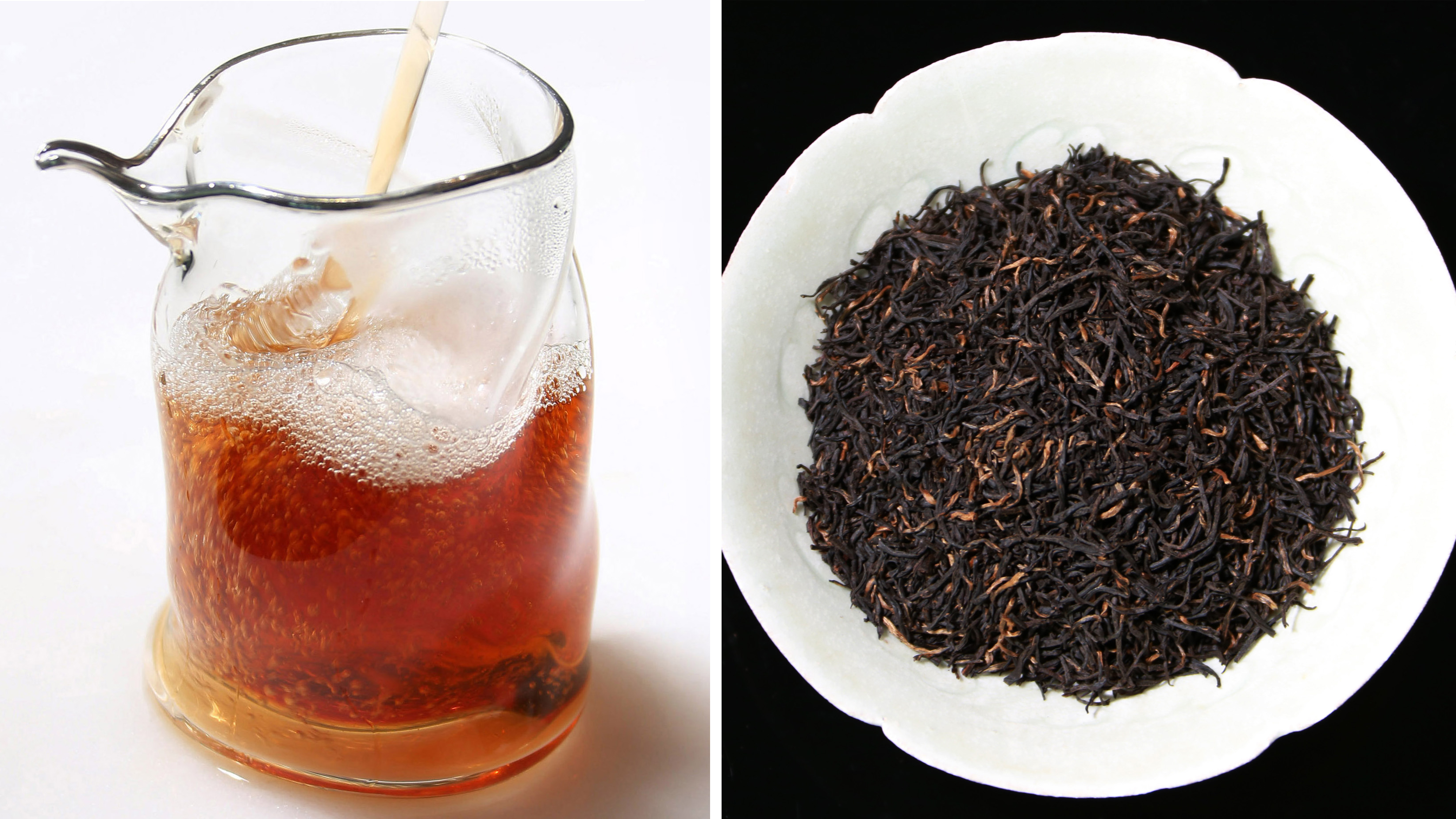
Aroma: Utilizing the ancient "scenting key" method of Shijia Guanxiang, the aroma presents a "triple-layered fragrance."
Dry/Warmed aroma: The initial scent is a faint woody aroma brought by aging, mixed with the unique honey sweetness of wild vegetable tea, without any smoky or dry smell; after warming the cup, the aroma of longan and jujube brought by the scenting process gradually emerges, and the sweetness envelops the nasal cavity, showing the "key" to the retention of sweet aroma substances;
Infusion aroma: After years of aging, its floral and fruity aromas gradually fade. The top note is a fresh honey aroma (the original flavor of wild vegetable tea), the middle note is a blend of aged woody aroma and scented caramel sweetness, and the base note reveals a faint medicinal aroma (unique to aged tea). The layers are distinct and blended naturally, without the thinness of a single aroma.
Aroma at the bottom of the cup: After the tea soup has been poured out, a sweet jujube aroma remains at the bottom of the cup, which is still clear even after 5 minutes of steeping.
Flavor: The smooth texture of monomalt alcohol follows traditional methods, while the mellow aftertaste holds the key to its deliciousness.
The first sensation upon tasting is "smoothness"—the wild vegetable tea buds are tender and astringent, and the tip of the tongue experiences the warmth and smoothness brought by aging;
Next is the "mellowness"—the tea soup is slightly thick, and when swallowed, it exhibits the "thickness" characteristic of the Shi family's traditional method, without any thin or watery sensation.
After 10 seconds, saliva is produced under the tongue, first the sweetness of vegetable tea, then the sweetness of scented caramel, and the aftertaste is wrapped in woody aroma that lingers in the throat for 15 seconds.
This "first smooth, then mellow, with a layered sweetness" flavor is the core of the "scenting key"—preserving the freshness of the single buds while adding depth through scenting and aging, without the staleness of aged tea, fully demonstrating Shi Jikang's mastery of craftsmanship.
Year: 2015
ID: FTL/20150101/AromaPrime/dyt
Level: Top Rare
Producer: Shi Liqiang, inheritor of the intangible cultural heritage of Gongfu black tea and the creator of this tea variety.
Origin: Tanyang Village, Fujian, China, the birthplace of Tanyang Kung Fu
Variety: Red Rose Crown Fragrance Red Aroma Prime Tea
(Legal protection of plant variety rights: Without the permission of the plant variety rights holder, no unit or individual may produce, propagate, or sell the propagation material of this variety; otherwise, it constitutes infringement.) This tea is personally recommended by the person who named the variety and holds the plant variety rights.
Craftsmanship: Shi family's seven-screening and eleven-step process, the ancient method of Guanxiang.
Dry tea appearance: single buds, with relatively plump buds.
The soup is golden yellow, with an amber color.
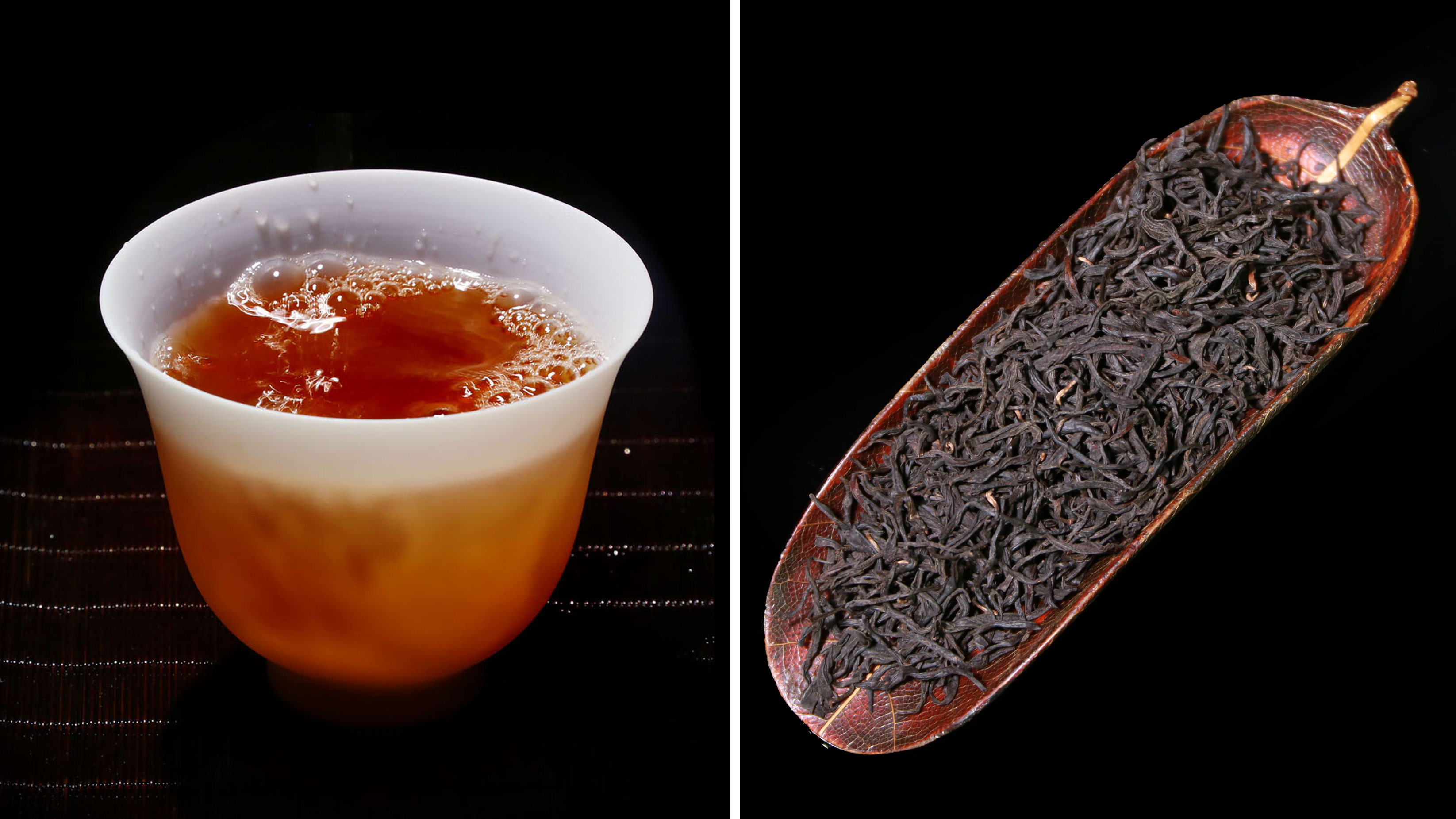
aroma:
The dry scent reveals a warm, woody aroma imparted by 10 years of aging, layered with the sweetness of red roses and the fragrance of wild honey, without any harshness;
After warming the cup, the caramel sweetness becomes more mellow. When brewing, the floral and fruity aromas gradually fade after 10 years of aging. The top note is a softened rose scent (not strong or overpowering), the middle note is a blend of honey, caramel and aged aromas, and the base note is a solid woody scent. The rose and honey scent at the bottom of the cup carries an aged charm and lasts longer.
taste:
The initial taste is thicker, smoother, and more mellow than new tea, with no astringency whatsoever. The tip of the tongue first encounters the mellow sweetness of aging, mixed with the refreshing sweetness of red roses. As you swallow, the richness brought by the processing becomes more apparent, without any watery taste. After 5 seconds, saliva is produced under the tongue, and the aftertaste gradually changes from rose sweetness to jujube sweetness and caramel sweetness brought by aging. The finish is wrapped with a light floral and aged aroma, lingering in the throat for about 15 seconds, which is longer and more mellow than new tea.
每一克茶叶承载着家族 174载的传承,
历经六代茶人的毕生坚守。
繁复冲泡细节
只为让你品尝到本真的茶香
每一克茶叶承载着家族 174载的传承,
历经六代茶人的毕生坚守。
繁复冲泡细节
只为让你品尝到本真的茶香
老红茶慢煮法指南
1. Warming the pot
It is recommended to use a high-temperature resistant glass teapot. Before brewing tea, rinse the inside and outside of the teapot with hot water to raise the temperature of the teapot and stabilize the water temperature for subsequent brewing. This will prevent temperature differences from damaging the internal quality of the tea leaves and create a suitable brewing environment for aged black tea.
II. Water Injection
Slowly pour water into the preheated teapot, filling it to 70-80% full. Water quality directly affects the taste of the tea; use filtered purified water and avoid alkaline water—alkaline water will make the tea soup cloudy and dull, failing to bring out the true flavor of aged black tea.
3. Slow cooking
Use approximately 10g of tea leaves for every 300ml of water. Place the teapot on a heat source and simmer over low heat. Closely monitor the water temperature. When it reaches 70-80℃ and small bubbles appear on the surface, maintain this temperature and continue simmering for 5 minutes. If the tea soup is only light yellow, it indicates insufficient simmering time or too little tea leaves. The ideal soup color is deep amber. Those who prefer a stronger brew can simmer it to a reddish-brown color, but be careful not to over-simmer, otherwise over-extraction will make the tea soup bitter and astringent, masking the natural flavor of aged tea.
IV. Serving the soup
After boiling to the appropriate temperature, gently pour the tea into a fairness cup to even out the concentration, then distribute it into tasting cups for easy appreciation.
V. Tea Tasting
Slow-brewed aged black tea has a mellow and smooth taste, with a calm and long-lasting aroma. First, gently smell the tea to experience the rich aroma of woody notes and aged flavor; then, take a sip of the tea to savor the mellow flavor accumulated over time and appreciate the unique charm of aged black tea.
VI. Precautions
1. This slow-boiling method is only suitable for aged black tea and should never be used for new tea. New tea is prized for its fresh and vibrant aroma and lively taste; slow boiling will intensify its bitterness and mask its fresh flavor. For brewing new tea, please refer to the "Shi Liqiang Wild Mountain Tea Brewing Method" .
2. Precise heat control throughout the process is essential to prevent the water from boiling violently and the tea from churning excessively, thus avoiding the excessive release of substances from the tea leaves and compromising the delicate and balanced flavor.
3. Due to different personal taste preferences, you can flexibly adjust the brewing time and water temperature to find a solution that suits your taste buds.
4. Aged black tea has a rich internal flavor and can usually be brewed multiple times. When brewing it again, the brewing time can be extended appropriately to bring out its deeper flavor, but the tea should still be kept from becoming too strong.

Brewing method for Shi Liqiang Wild Mountain Tea (Gongfu Black Tea)
Tanyang Village, China – the origin of world-class black tea
Package
"Made with a thousand hammers and ten thousand refinements" handmade pure tin can:
Height: 15cm, Diameter: 11cm, Net weight of tea: 240g
This pure tin can, crafted by Sheng Yiyuan, an inheritor of the Yongkang tin carving intangible cultural heritage, is shaped by thousands of hand hammerings, resulting in a delicate and smooth texture. Each hammer mark, varying in depth, is not a repetitive imprint but a vivid testament to the warmth of handcrafting, carrying the profound meaning of intangible cultural heritage craftsmanship. The interior is meticulously polished using precision CNC technology, resulting in a smooth, non-rough surface. The lid, achieved through high-precision technology, ensures a tight seal, blending the warmth of handcrafting with the precision of modern techniques, preserving both ancient charm and practicality.

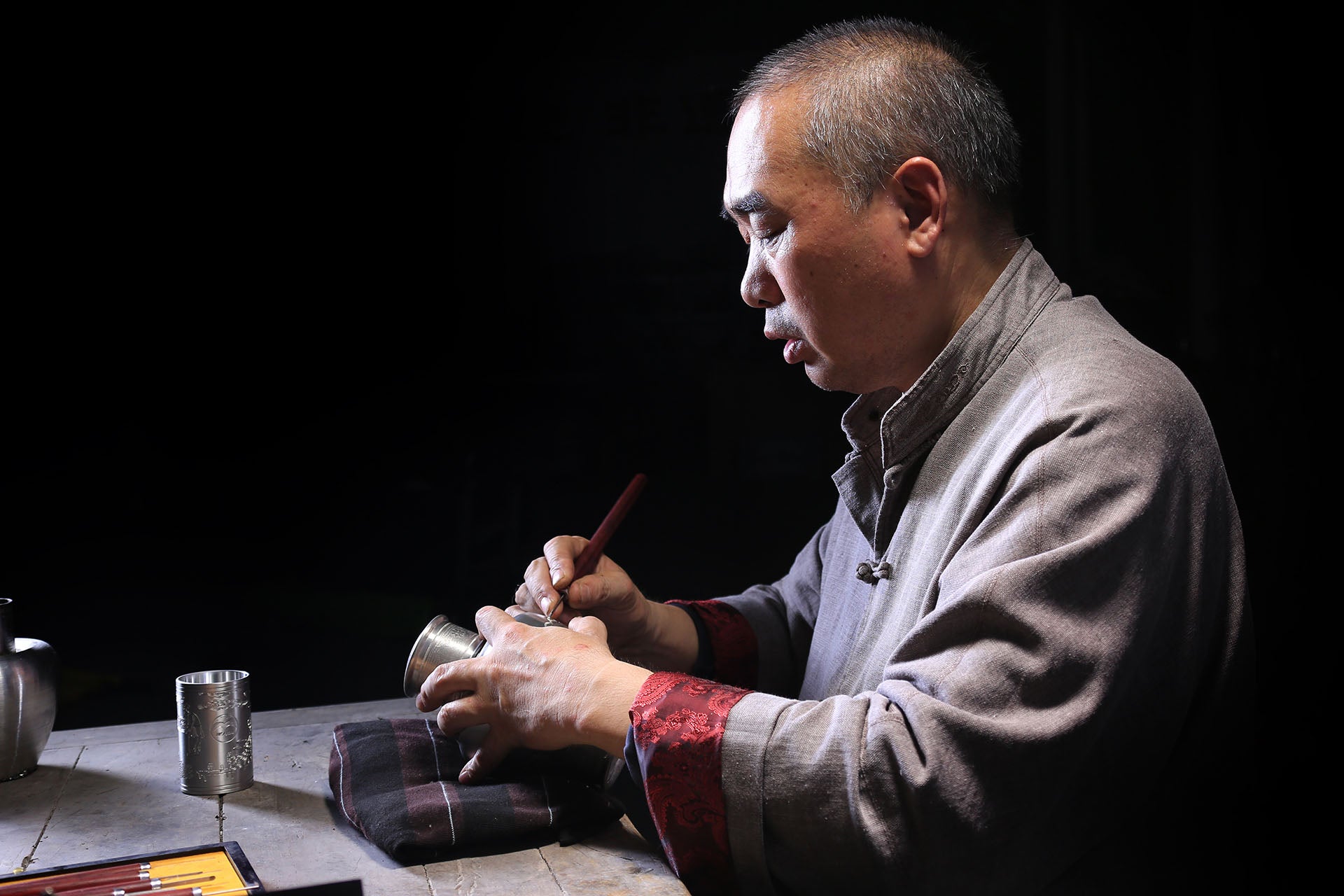
Sheng Yiyuan, inheritor of Yongkang tin carving intangible cultural heritage

Height: 15cm, Diameter: 11cm, Net weight of tea: 240g

Height: 15cm, Diameter: 11cm, Net weight of tea: 240g
Storage Guide for Aged Black Tea

Aged black tea should be stored in a clean, odorless, dry and well-ventilated environment with an ideal temperature below 25℃. At the same time, special attention should be paid to avoiding light and moisture (dampness can easily cause tea leaves to absorb moisture and become moldy, and direct sunlight will accelerate the loss of tea flavor).
Notice
Reduce the frequency of opening the container – Every time the can is opened, the tea comes into contact with air and moisture, which accelerates its oxidation and deterioration. Therefore, you should try to minimize the number of times the storage container is opened.
Shelf life
If the above storage conditions are strictly followed, aged black tea can be stored for a long time, and its flavor will become more mellow and rich over time.






